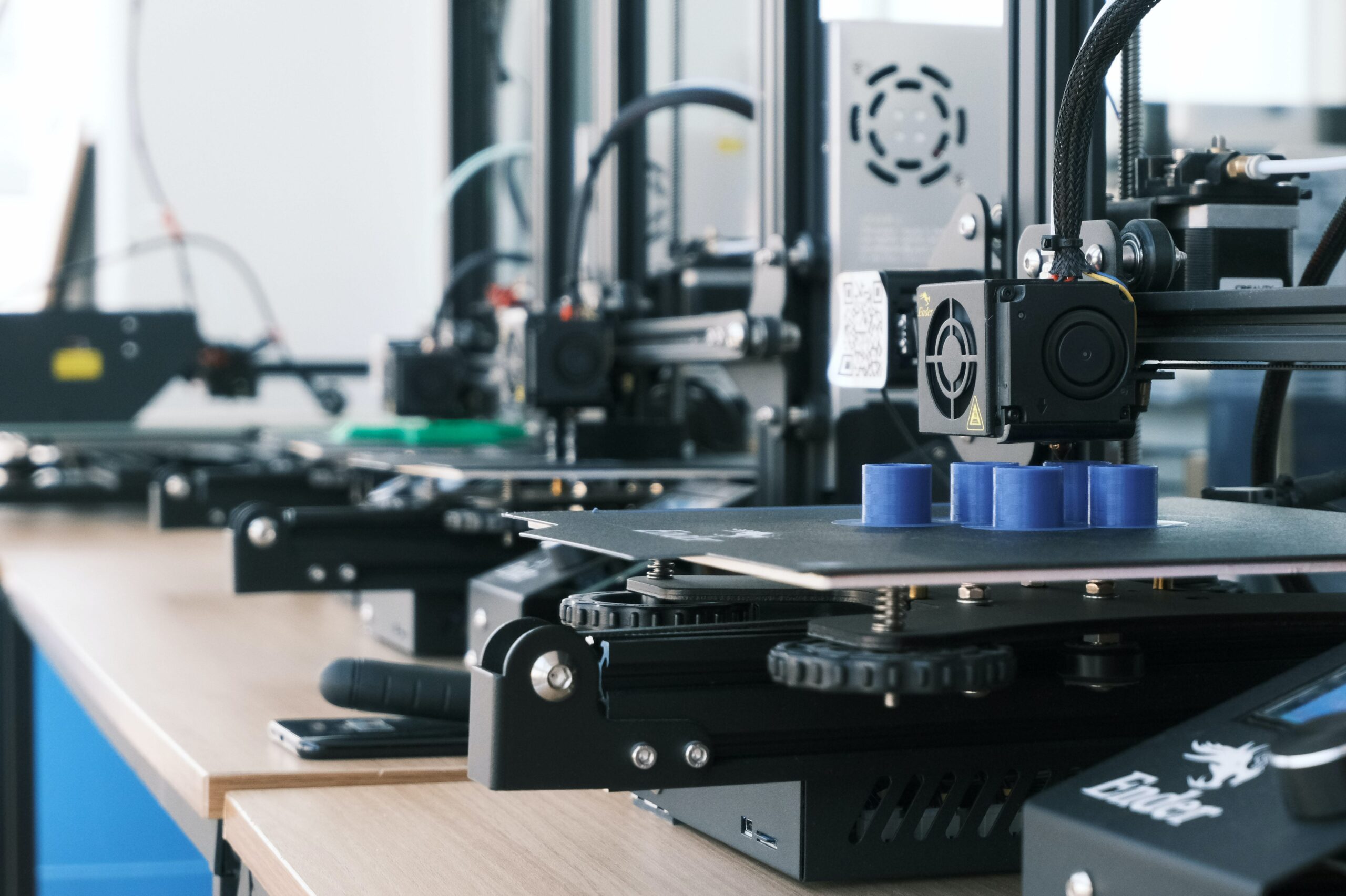3D Printing for Education
About The Project
3D printing technology has the potential to revolutionize the way that students learn and engage with subjects. By allowing students to create physical objects from digital designs, 3D printing enables hands-on, experiential learning that can be both fun and educational.
3D printing can help students develop a wide range of skills, including creativity, problem-solving, critical thinking, and collaboration. By giving students the ability to design and print their own creations, 3D printing encourages them to think creatively and to come up with original solutions to problems. It also requires students to plan and execute their designs, which can help to develop problem-solving and critical thinking skills. Additionally, because 3D printing often involves working in teams, it can also promote collaboration and communication among students.
In addition to these general skills, 3D printing can also help students develop technical skills such as computer-aided design (CAD), prototyping, and manufacturing. By using 3D printing software and equipment, students can learn how to create and manipulate digital models, and can experiment with different design techniques and materials. This can provide a valuable foundation for careers in fields such as engineering, design, and manufacturing, and can help students to stand out in a competitive job market.
Overall, the use of 3D printing in education has the potential to be a powerful tool for developing a wide range of skills that are important for success in today’s world.





